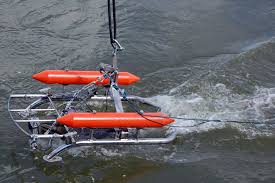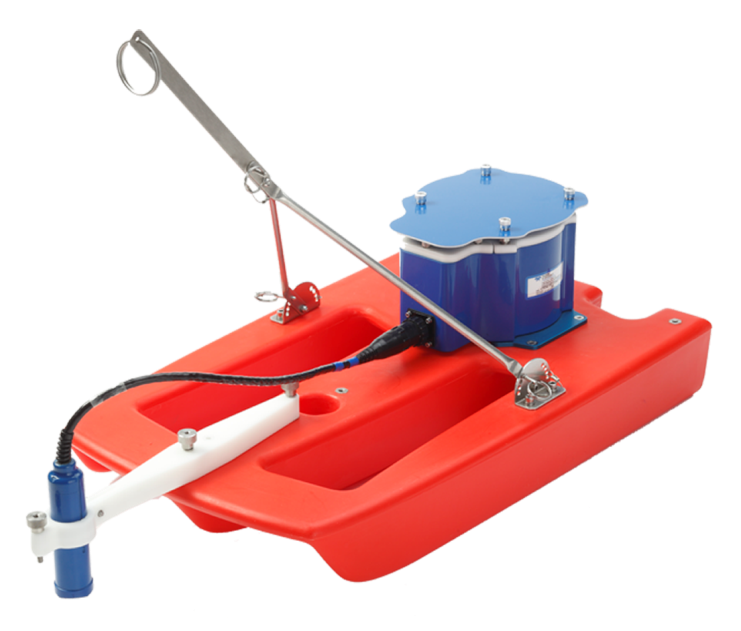DanubeSediment - First Danube-wide collection of recommendations on sediment monitoring
07-02-2019
We are very happy to announce that we have finalised the first reports of the DanubeSediment project!
You can find them on our website under this link.
What are these reports all about? First, the DanubeSediment project seeks to analyse and understand the problems related to sediment transport in the Danube. Then, the projects aimes to collect good practice measures to improve the sediment balance of the river. To achieve this, it is crucial to have a clear picture of how sediment transport changes over time and space. Therfore, the project partners collected sediment data from monitoring stations along the Danube and in its most important tributaries.
The first report “Sediment Monitoring in the Danube River” describes the past and current sediment sampling methods used by the Danubian countries as well as those methods used in the laboratory and for sediment load calculation. A majority of the stations (75) collects data on suspended sediment, meaning the light material that is transported in the water column, whilst only eight stations continuously collect information on bedload, which is the coarser partition of sediment, such as gravel.
You will find the most widely used and most recent techniques in sediment  monitoring as “good practices” in the report. For example, good practice in suspended sediment monitoring is the use of a turbidity sensor mounted on the river bank, which offers a high temporal resolution of the suspended sediment concentration. The data is combined with physical samplings as well as acoustic measurements that determine the spatial distribution of sediment to determine the load, meaning how much sediment is carried over time. Figure 2 shows the Acoustic Doppler current profiler and Figure 3 visualizes the measurements taken by an ADCP. The report also recommends regular measurements of bedload transport taken along the entire cross-section, such as the BfG-sampler (see Figure 1).
monitoring as “good practices” in the report. For example, good practice in suspended sediment monitoring is the use of a turbidity sensor mounted on the river bank, which offers a high temporal resolution of the suspended sediment concentration. The data is combined with physical samplings as well as acoustic measurements that determine the spatial distribution of sediment to determine the load, meaning how much sediment is carried over time. Figure 2 shows the Acoustic Doppler current profiler and Figure 3 visualizes the measurements taken by an ADCP. The report also recommends regular measurements of bedload transport taken along the entire cross-section, such as the BfG-sampler (see Figure 1).
For those readers interested especially in the “good practices” for monitoring suspended sediment and bedload, the project published the “Handbook on Good Practices in Sediment Monitoring”. This shorter document summarises instructions and practical recommendations to optimise your monitoring station and methods.
In the final section of the report, you can find proposals for harmonising the quality of sediment monitoring along the Danube. For example, the report states that, despite making up less than ten percent of the sediment load, the movement of coarse material (bedload) causes significant changes in the river morphology. Therefore, bedload transport needs to be monitored more often, especially during times of high water flow.
Furthermore, the report suggests a Danube-wide network for cooperation on data management. These important steps will help pave the way towards a river basin-wide management concept that improves the sediment balance of the Danube.

Figure 1: Modified BfG bedload sampler (IWHW/BOKU)
Figure 2: Teledyne RD Instruments StreamPro ADCP (www.comm-tec.com)
Figure 3: The Acoustic Doppler Current Profiler enables high temporal and spatial measurements as seen in this image, which shows the spatial distribution of a) flow velocity, b) suspended sediment concentration and c) sediment flux in the Danube (Baranya and Józsa, 2013).
